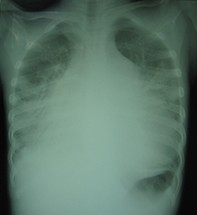Peer Reviewed
Feature Article Cardiovascular medicine
Acute rheumatic fever: when to still ‘think ARF’
Abstract
Acute rheumatic fever is still common in at-risk populations within Australia. GPs have a vital role to play in prevention, diagnosis and management of this often neglected disease. This is important to prevent the serious complication of rheumatic heart disease.
Key Points
- Acute rheumatic fever is common in school-aged Indigenous children in Northern Australia.
- GPs should ‘think ARF’ in any school-aged child presenting with painful joints and fever, especially in those of Aboriginal or Torres Strait Island background or recent immigrants from high-risk areas, including Maori and Pacific Islanders.
- All possible cases should be admitted to the patient’s local paediatric hospital for confirmation of diagnosis.
- Acute rheumatic fever and rheumatic heart disease are classic diseases of poverty, and socioeconomic improvements in overcrowding, hygiene and access to health care are the most important means of decreasing rates of disease.
- Secondary prophylaxis effectively reduces the risk of subsequent acute rheumatic fever and progression to rheumatic heart disease.
- The GP has an important role to play in promoting adherence to secondary prevention programs.
Purchase the PDF version of this article
Already a subscriber? Login here.

